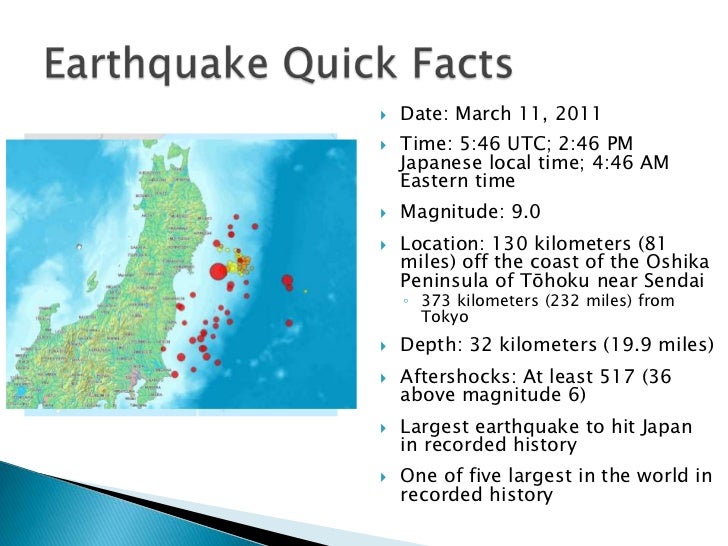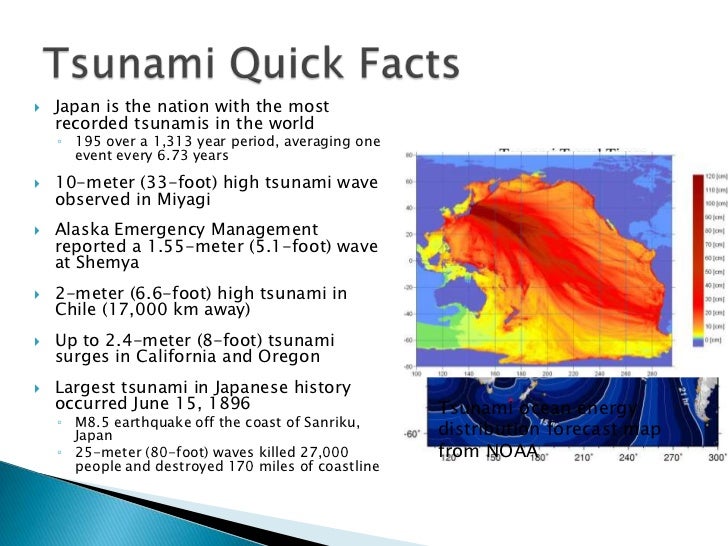Japan on Friday March 11,2016 mourned the thousands who lost their lives in a
massive earthquake and tsunami five years ago that turned towns to
matchwood and triggered the world's worst nuclear disaster since
Chernobyl in 1986.







A MOMENT OF SILENCE
At
2:46 p.m. (0546 GMT), the moment the quake hit, bells rang out in
downtown Tokyo and people around the nation bowed their heads in a
moment of silence. All the trains on Tokyo's vast underground paused for
a minute.
Prime
Minister Shinzo Abe and Emperor Akihito bowed in front of a stage laden
with white and yellow flowers in a Tokyo ceremony attended by 1,200
people, including survivors from the stricken area.
The 9 -magnitude quake struck offshore on a chilly Friday, sparking huge
black waves along a vast swathe of coastline and killing nearly 20,000
people
More than 160,000 people were evacuated from nearby towns and some 10
percent still live in temporary housing across Fukushima prefecture.
Most have settled outside their hometowns and have begun new lives.
Collapsed houses and debris in a field in Kesennuma, Miyagi prefecture on March 12, 2011
Some
areas remain no-go zones due to high radiation. Demonstrators in front
of plant operator Tokyo Electric Power Co (Tepco) bore signs saying,
"Give me back my hometown!"
At
cemeteries along the devastated coastline, in front of buildings
hollowed out by the wave, and on beaches, families gathered to offer
flowers and incense, bowing their heads and wiping away tears.
Billions of dollars in government spending have helped stricken
communities rise from the ruins, including elevating the earth to
protect them from future waves and cleaning radiation-contaminated land,
but much remains to be done for thousands still languishing in
barracks-like temporary housing.



No comments:
Post a Comment